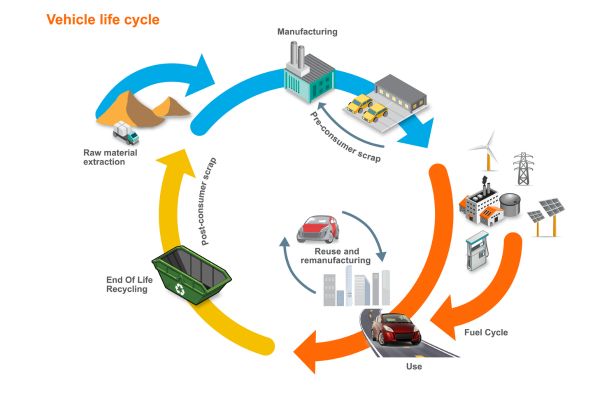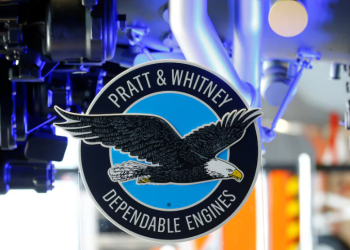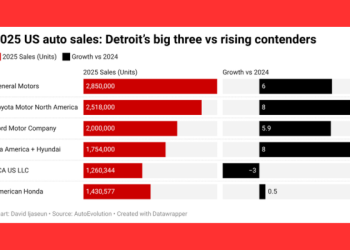Automobiles have become an indispensable component of modern existence. They are utilised for transportation, commerce, and recreational purposes. But have you ever pondered what happens to a vehicle between the time it is manufactured and the time it is rendered useless?
The discovery
This article will examine the life-cycle of a vehicle, beginning with its conception and ending with its return to the earth.
Birth: Production of a vehicle
The life cycle of a vehicle begins with its production or manufacturing. A vehicle is made up of thousands of components, ranging from the engine and transmission to the body and wheels. The production process involves mining and refining raw materials, such as steel, aluminum, and rubber. The components are then assembled to create the final product. The production of a typical car produces around 28 tons of CO2 emissions.
Furthermore, Posco, a Korean steel company, emphasises the importance of using sustainable materials during the manufacturing process. They suggest using materials such as advanced high-strength steel (AHSS) and aluminum alloys to make vehicles more lightweight and fuel-efficient. This reduces the environmental impact of the manufacturing process by using less energy and reducing carbon emissions.
Use Phase: Driving a vehicle
The longest and most important part of a car’s life cycle is when it is being used. The MIT Energy Initiative did a life-cycle study of different types of cars, such as petrol, hybrid, and electric cars. They found that electric cars have the least pollution over their whole life, while petrol cars have the most. This is because electric cars do not emit any pollution out of their tailpipes, while petrol vehicles emit carbon dioxide and other pollutants.
Maintenance: Repairing and servicing a vehicle
Vehicles need routine maintenance as they get older to keep them functioning correctly. This includes tyre replacements, oil changes and other repairs. Because they require resources and energy to perform, these activities also have an influence on the environment. However, regular maintenance can increase a vehicle’s lifespan and minimise the need for new parts.
End of Life: Disposal of a vehicle
A vehicle needs to be disposed of in an eco-friendly way when it reaches the end of its useful existence. This includes recycling as much of the car as you can, including the tyres and metal parts. When it comes to recycling, steel trucks or vehicles have a smaller environmental impact than aluminium trucks. This is because steel is simpler and less energy-intensive to recycle.
Taking a life-cycle approach
To reduce the environmental impact of vehicles, it is necessary to consider their entire life cycle. This involves contemplating the environmental impact of a vehicle throughout its life cycle, from production to disposal. Automakers can reduce the environmental impact of their products by utilising more eco-friendly materials, increasing fuel efficiency, and advocating the use of electric and hybrid vehicles.
In conclusion, the life cycle of a vehicle is a multi-staged, complex procedure. Every step, from production to disposal, has an impact on the environment. We can reduce the environmental impact of vehicles and promote a more sustainable future by adopting a life-cycle approach and implementing sustainable practises.
Read more on Rare gems: Meet four limited edition Mercedes-Benz vehicles worth millions of dollars





















